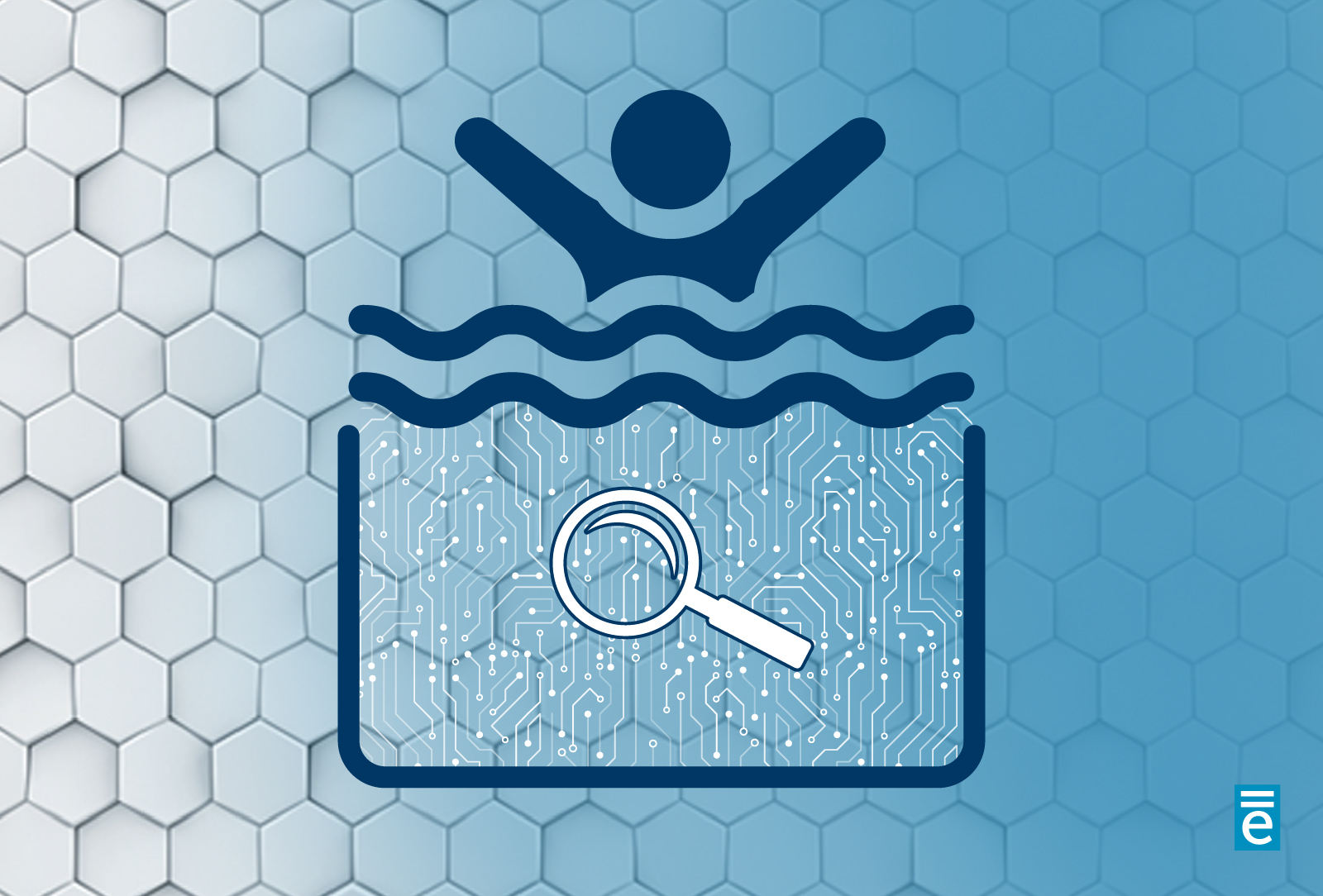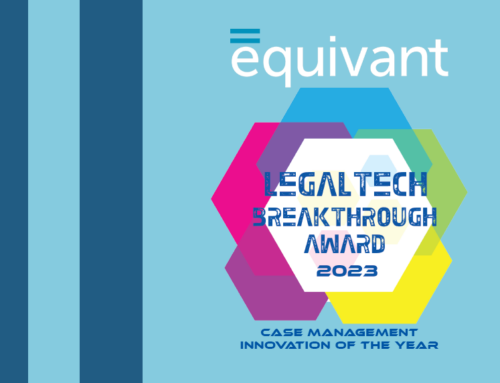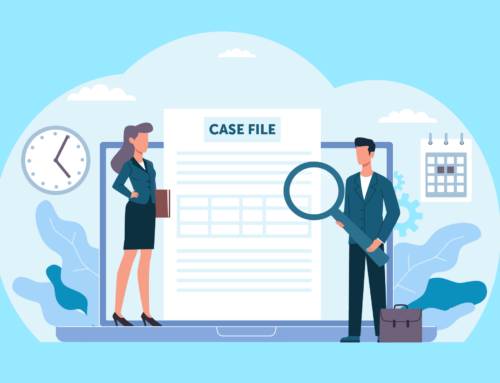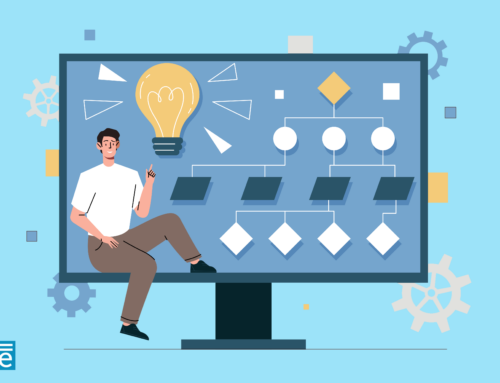Drowning in Digital Evidence? Check Out Our Top 5 eDiscovery Must-Haves
JWorks for Attorneys • An equivant product

Bystander cell phone videos. The location of a suspect’s phone at the time of a crime. Texts between involved participants. Digital evidence is a critical part of nearly every type of case, and managing it has become increasingly challenging.
During the discovery process, both sides need to access and share information easily and securely, and digital evidence frequently disrupts this process. Having the right eDiscovery tool makes all the difference.
Whether you’re reevaluating your current tool or searching for a new solution, here’s what to look for in your eDiscovery tool:
- Ease, completeness, and timeliness of collections and delivering/receiving packets. This is essential. Both sides need to be able to collect, send, and receive digital evidence easily and securely. When evaluating an eDiscovery tool, make sure you understand how collections and transfers work so you can determine whether the process is a good fit for your team and your existing workflows.
- Ease of review. Nothing is more aggravating (and time-consuming!) than having the evidence in front of you and not being able to find what you need. Your eDiscovery user experience needs to be straightforward and seamless with a robust search function to help you zero in on exactly what you need, when you need it.
- Clear documentation. Protect the chain of custody. There should be nothing manual about chain-of-custody documentation in your eDiscovery tool. Ensure every move you make is clear and defensible with automatic documentation for every piece of evidence your team is managing.
- Open data standards. When it comes to data standards, steer clear of any eDiscovery products pushing their proprietary code. You need your tools to be able to talk to all other data sources and agencies out there, and you can only do that if your tools are committed to using the latest open data standards.
- Component-ready system. Courts are leading the way in flexible, adaptable, future-focused technology by adopting the court component model (CCM). The same componentized technology is available in software designed for attorneys, and any eDiscovery tool that will last you more than a year or two will need to be component-ready so you can build and update your system as your needs evolve.
For more on today’s eDiscovery trends and best practices, give us a call ! We can help you think through your current strategy and how you can better accommodate the terabytes of digital evidence coming at you every day. Get in touch today.





